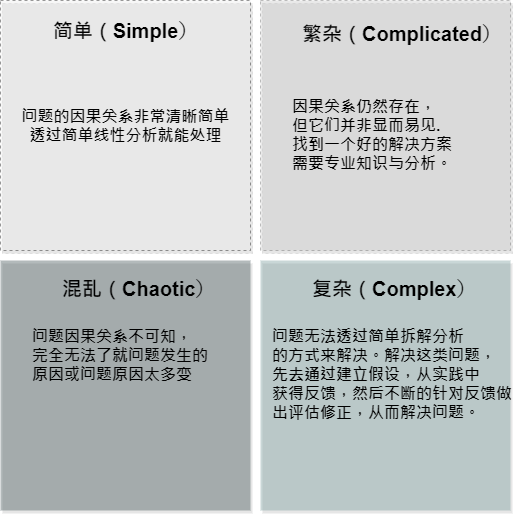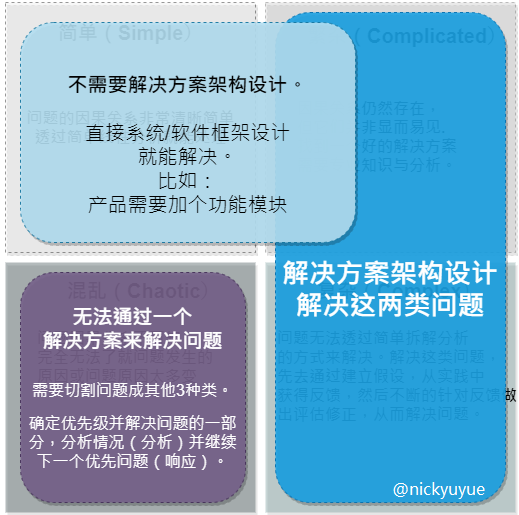20170427 企业IT架构转型之道:阿里巴巴中台战略思想与架构实战 Kindle电子书, https://www.amazon.cn/dp/B071KW9F7P
20190801 中台战略:中台建设与数字商业, Kindle, https://www.amazon.cn/dp/B07WPRRTPS/
20190701 企业级业务架构设计:方法论与实践 (架构师书库, https://www.amazon.cn/dp/B07WPRRVCB
企业级转型是一个很艰难的过程,它并非一个单纯的技术问题,因为转型涉及企业的方方面面,如果想走通这条路,尤其是对传统企业而言,充分认识自身、寻找适合自身的方法极为重要。笔者多年从事企业级业务架构设计与管控工作,有幸参与了一次历久弥新的企业转型工程,对业务架构在企业级项目和企业转型过程中发挥的作用深有体会,因此,笔者将对业务架构工作的感悟与自身的学习结合起来,超脱原有的工作实践和理论指导,面向可操作的一般方法论写作本书。本书希望能够成为一本让各类读者都可以读得懂的架构书,因此,书中没有让人拿捏不准的概念。殊少概念可能会因为追求易懂的效果而让部分读者觉得有失严谨,但是,“易懂”也是架构设计应当追求的目标之一。与概念较少相对应,本书的“感受”成分稍多,因为笔者相信融入“感受”比单纯写方法更容易引起读者的共鸣与思考。
Business Architecture Common Reference Model Workshop, https://cdn.ymaws.com/www.businessarchitectureguild.org/resource/resmgr/summits_and_workshops/baguild_common_ref_model_wor.pdf
- p33, value stream / capability cross mapping
20210225 Software Architects: hard and soft skills needed to become a leader | Enable Architect, EN, ★★★
Software architect: hard skills needed
- Unified Modeling Language (UML)
- Searching for candidates with a deep knowledge of one or more programming languages essential to the business to support their long-term goals strategically. This could be anything: Java, JavaScript, Python, Ruby, Rust, Go, C, or even COBOL.
- Manage software development practices in a collaborative and agile fashion.
Software Architect: soft skills needed,
- Leadership
- Problem-Solving & Conflict Resolution
- Communication
- Coaching & Inspiration
- Organization
- Prioritizing
- Detailed Thinking
- Creative Thinking
★★★ Enterprise architecture 101 (includes numerous samples/templates), https://www.slideshare.net/jamesoni1/enterprise-architecture-10136205348
https://www.dragon1.com/channel/enterprise-architecture
Learn TOGAF 9.1 in 100 slides, EN, https://www.slideshare.net/sammydhi01/learn-togaf-91-in-100-slides
Building a strong Data Management capability with TOGAF and ArchiMate, EN, https://www.slideshare.net/mobile/basvg/building-a-strong-data-management-capability-with-togaf-and-archimate
Enterprise Architecture for Dummies - TOGAF 9 enterprise architecture overview, EN, https://www.slideshare.net/mobile/wintonjkt/enterprise-architecture-for-dummies-togaf-9-enterprise-architecture-overview
TOGAF 9.1, https://www.youtube.com/watch?v=O4XtAVFJRLw&list=PLgn00WwJcEmo-m6nKFz2gh_r5l3jyqtGI&index=2
★★★ TOGAF Model using Archimate, https://www.togaf-modeling.org/
Application Architecture-Application Communication diagram, https://www.togaf-modeling.org/models/application-architecture/application-communication-diagrams.html
Data dissemination diagrams, https://www.togaf-modeling.org/models/data-architecture/data-dissemination-diagrams.html
TOGAF Learning Resources, https://togaf.gitbook.io/
TOGAF 9 - 袖珍指南, https://togaf.gitbook.io/project/
How To Become An Outstanding Solution Architect (NT:600), https://www.udemy.com/course/how-to-become-an-outstanding-solution-architect/
New for 9.2! Part 1 Foundation Certification Training, https://www.udemy.com/course/togaf-part1/
Avancier Methods, http://grahamberrisford.com/Avancier%20Methods.htm
AM products & techniques, http://grahamberrisford.com/AM%201%20Methods/6PRODUCTSandTECHNIQUES/AM%20products%20and%20techniques.htm
Data architecture + diagrams, http://grahamberrisford.com/AM%201%20Methods/6PRODUCTSandTECHNIQUES/DataAndInformation/AM%20Information-Data%20architecture.htm
Data structures, http://grahamberrisford.com/AM%201%20Methods/6PRODUCTSandTECHNIQUES/DataAndInformation/AM%20505%20Data%20structures%2045.pdf
Avancier Methods-Products and Techniques, http://grahamberrisford.com/AM%201%20Methods/6PRODUCTSandTECHNIQUES/AM%20products%20and%20techniques.htm
Information/Data Architecture (with TOGAF & ArchiMate artefacts), http://grahamberrisford.com/AM%201%20Methods/6PRODUCTSandTECHNIQUES/DataAndInformation/AM%20Information-Data%20architecture.htm
Architect roles and other resources, http://grahamberrisford.com/Other%20architect%20resources.htm
Mapping TOGAF to ArchiMate, http://grahamberrisford.com/00EAframeworks/03TOGAF/AMTOGpapers/TOGAF%20with%20ArchiMate%20conceptual%20framework.htm
####Harmonising TOGAF concepts with ArchiMate - paper
####Harmonising TOGAF diagram types with ArchiMate – slide show
####TOGAF & ArchiMate summaries & analyses ; Architecture Frameworks: TOGAF, ArchiMate, Zachman & DoDAF; , http://grahamberrisford.com/00EAframeworks/TOGAF%20with%20ArchiMate,%20DoDAF%20and%20Zachman.htm
####★★★ TOGAF diagrams mapped to ArchiMate 2.1 and 3.0 Viewpoints, http://grahamberrisford.com/00EAframeworks/03TOGAF/TOGAF%20Diagrams%20w%20ArchiMate%20and%20AM%20examples.pdf
####TOGAF building blocks & services, http://grahamberrisford.com/00EAframeworks/01Fundamentals/TOGAF%20building%20blocks%20and%20services.htm
####Building blocks and services Part2 – more detailed analysis, http://grahamberrisford.com/00EAframeworks/03TOGAF/AM%20TOGAF%204%20Building%20Blocks.htm
The TOGAF® Standard, Version 9.2 in 3 minutes, https://www.vanharen.net/blog/it-management/the-togaf-standard-version-9-2-3-minutes/
#####An Introduction to the ArchiMate® 3.0 Specification
Using the TOGAF® 9.1 Framework with the ArchiMate® 3.0 Modeling Language, https://www.vanharen.net/blog/it-management/using-the-togaf-9-1-framework-with-the-archimate-3-0-modeling-language/
The TOGAF framework and the ArchiMate language overlap in their use of viewpoints, and the concept of an underlying common repository of architectural artifacts and models. Therefore, they have a firm common foundation. The two standards complement each other with respect to the definition of an Enterprise Architecture development process (the TOGAF standard) and the definition of an Enterprise Architecture modeling language (the ArchiMate standard). The ArchiMate 3.0 Specification supports modeling many of the architectural building blocks encountered throughout the phases of the TOGAF ADM.


